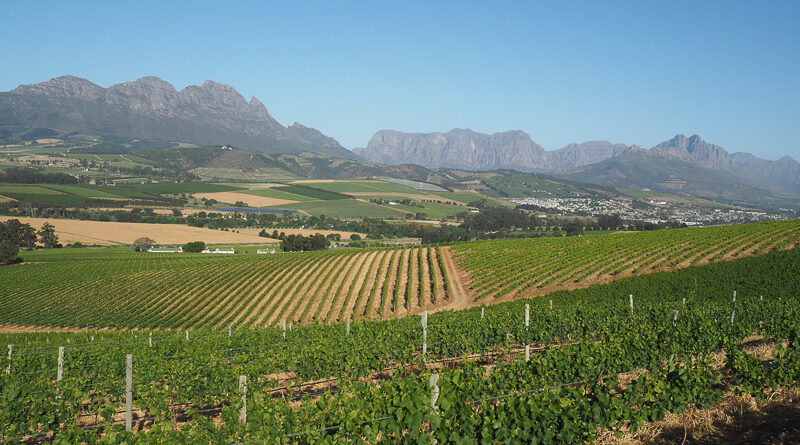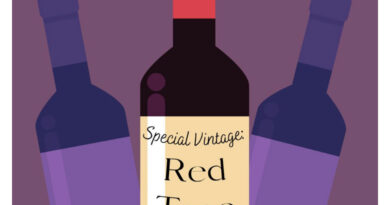On the Chenin Blanc trail in Stellenbosch, visiting four old vineyards and tasting the wines
Today I spent the afternoon visiting vineyards. Not an unusual activity for me, but this was part of the second edition of the Chenin Blanc congress, being held in Stellenbosch (Nov 1-3 2022), and the goal was to visit four vineyards in the Bottelary Hills where old Chenin Blanc vines were being grown, and to try the wines in situ. Some interesting stories emerged.
Kaapzicht
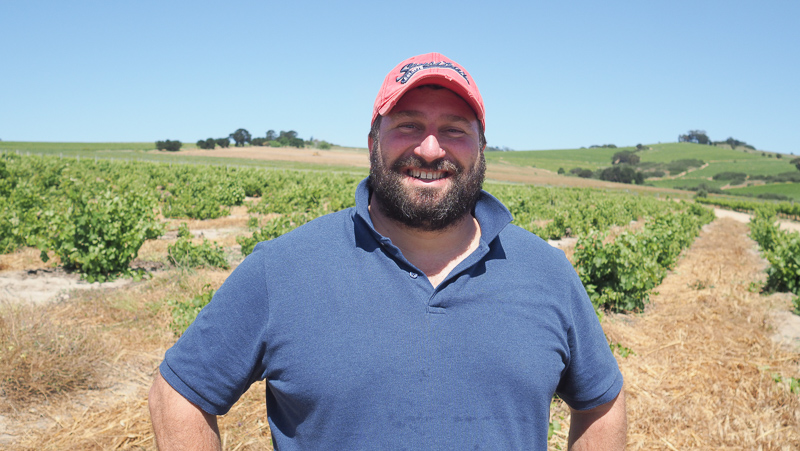
First stop was at Kaapzicht, where Danie Steytler showed us the famed 1947 block. His grandfather bought the property in 1946, and in 1947 planted six hectares to Cabernet Sauvignon, Pinotage and Chenin Blanc. By the time Danie was around and was completing his studies, his father had already replanted half of these vines and the other half was due to be pulled out too. But Danie came back from his studies and he and his mother fought to keep the venerable old vines.
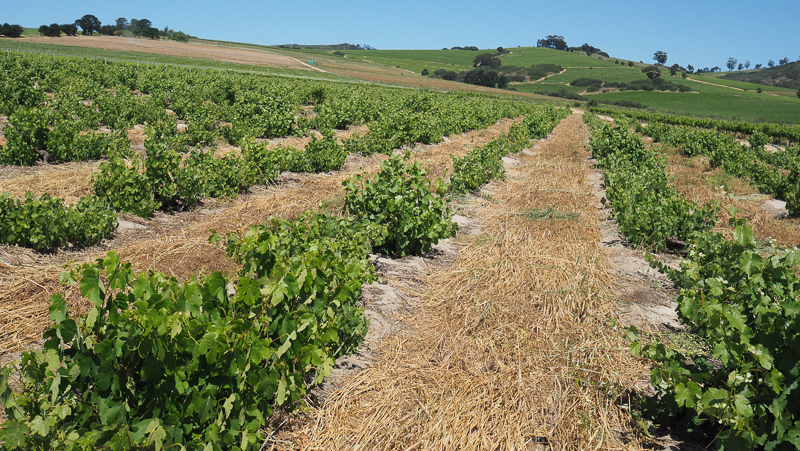
The problem was a financial one. They were selling these grapes cheaply, and the economics didn’t stack up. His father made a compromise: we’ll keep a hectare of old Chenin, but you must make a wine that makes this profitable. So in 2008, Danie began producing the 1947 Chenin Blanc.
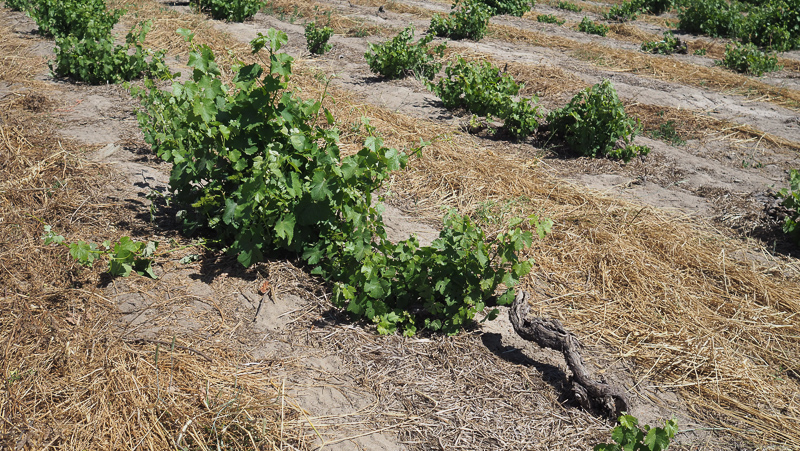
The vineyard is mainly sandy granitic soils, but underneath there are seams of koffieklip, although a pit they dug to have a look just before we visited showed no signs of this. The vineyards look lovely, in the sense that there’s very little bare soil. They grow a cover crop, and for the last four years this has been with a mix of species, with the blend determined in part by the conditions after sowing. They then roll it down to create a mulch, and cultivate lightly in the vine row itself.
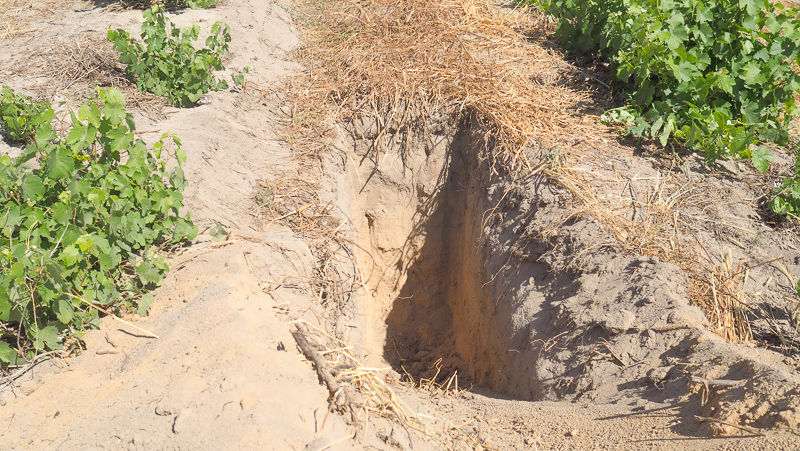
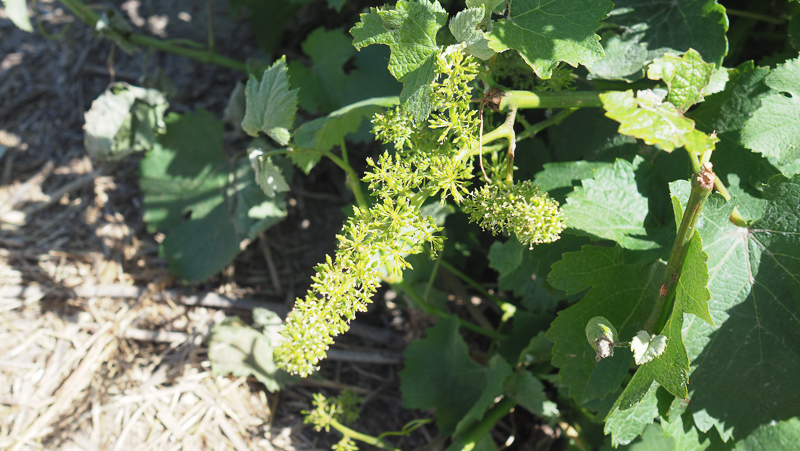
The one-hectare plot gives 3-4 tons of grapes. ‘The vineyard doesn’t look pretty, and the grapes don’t look pretty, but they always make a nice wine,’ says Danie.
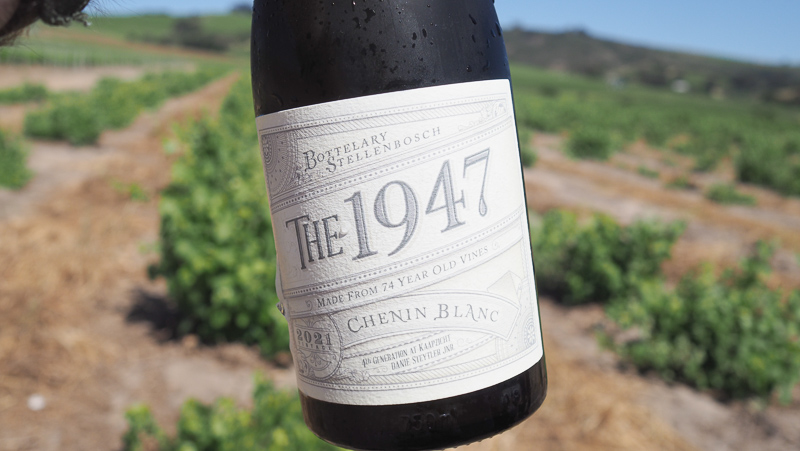
Kaapzicht 1947 Chenin Blanc 2021 Stellenbosch, South Africa
No added yeast or acid correction, wild ferment, selection of the best barrels. The new oak seems to ferment to dryness all the time while some of the old oak barrels have some residual sugar. Add sulfites at racking and filter before bottling. Lovely weight here with powerful citrus, pear and white peach fruit. This has a fine, spicy quality with a touch of mealiness and a nice acid line. Has some green apple, too. Textural with lovely complexity and some subtle saline notes. 94/100
Stellenrust
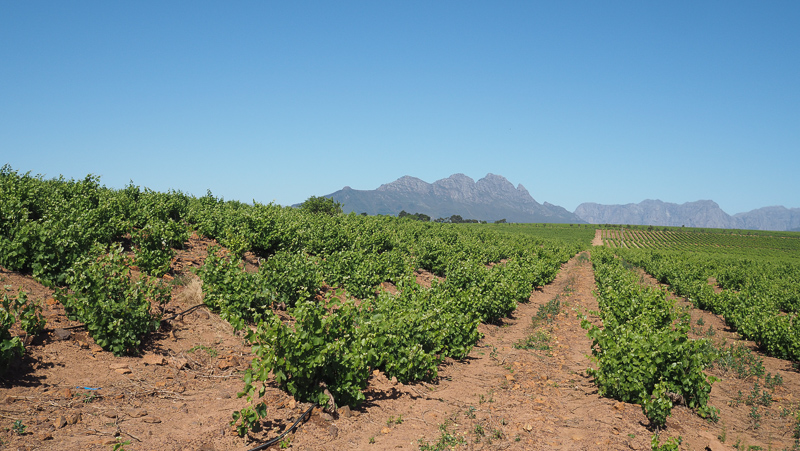
The second stop was at Stellenrust, where they’ve been making wine since 1928. They have two properties: this one is where there is a lot of Chenin and Cinsault, while their other property on the Helderberg is for reds. The block we looked at is 58 years old, which would make it 1964 plantings. On the other side of the block, there’s a new bush vine Chenin planting that’s two years old.
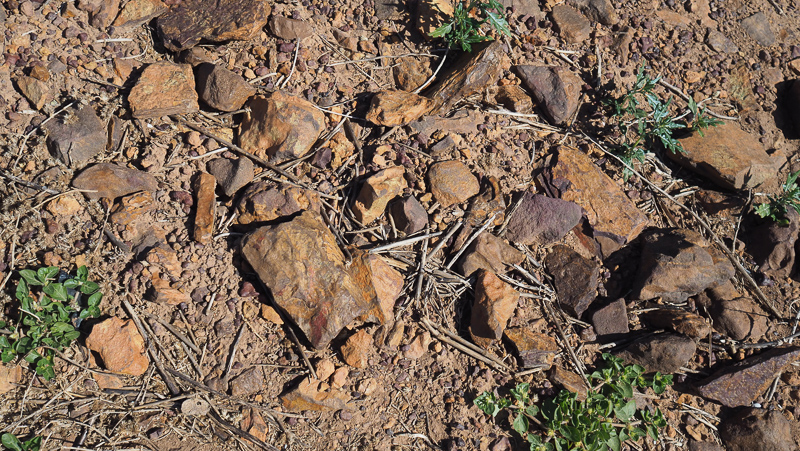
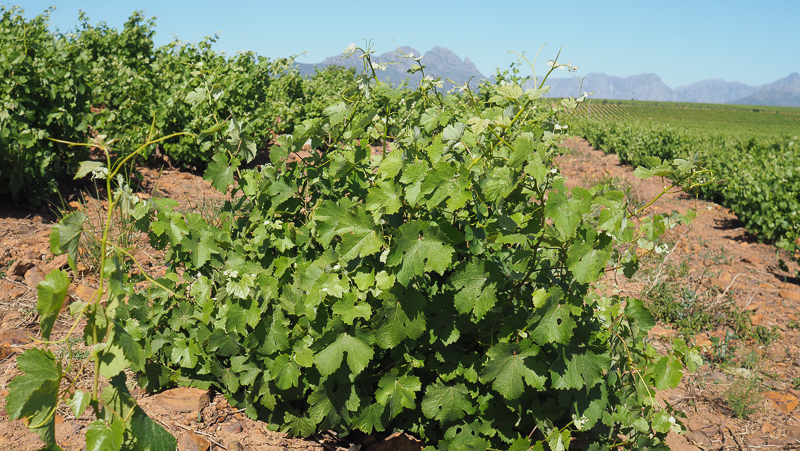
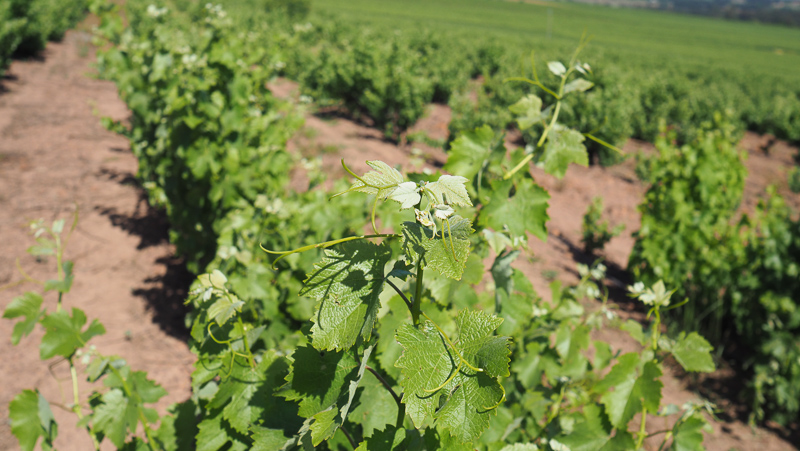
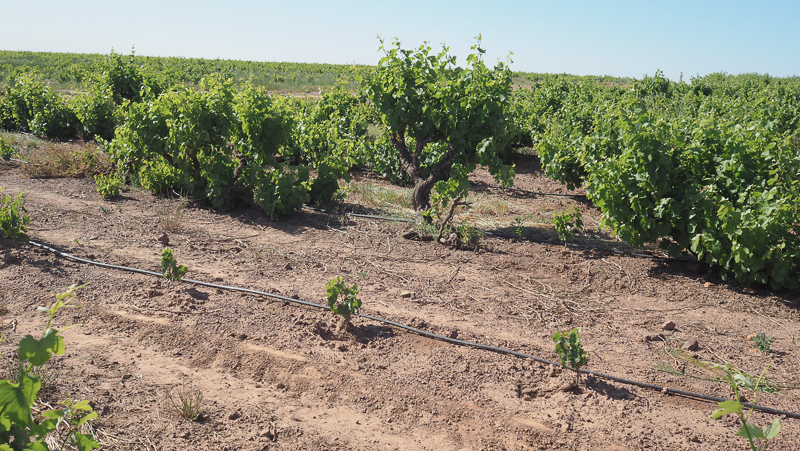
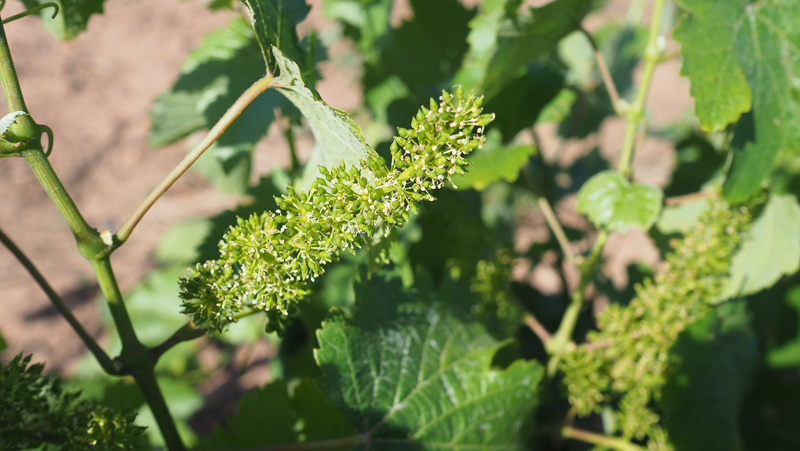
The wine we tried here was the Mothership, a special bottling that is aged in foudres and concrete eggs, and is fermented with wild yeast.
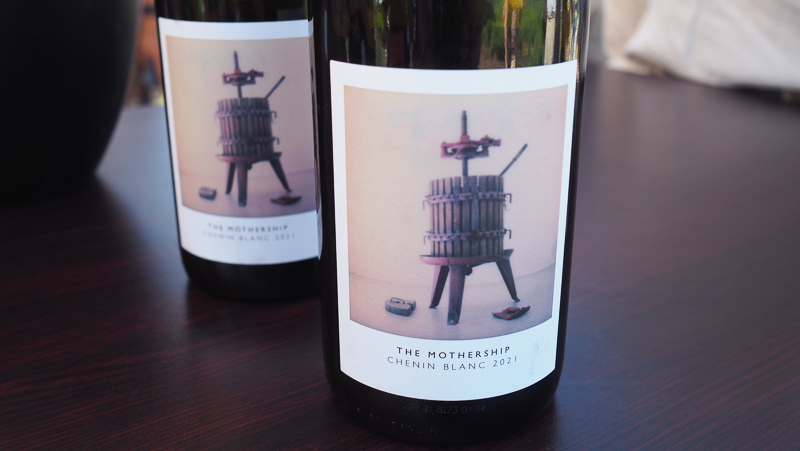
Stellenrust The Mothership Chenin Blanc 2021 Stellenbosch, South Africa
Textured and spicy with lively pear and citrus fruit, with a lovely texture and fine spiciness. This is really expressive and crystalline with a mineral character and nice precision. So delicate, with just a hint of mealy richness and butterscotch on the finish. Very fine. 95/100
Du Bois
Third stop was at Du Bois, where we were hosted by fourth generation grape grower Jacques du Bois and his father Gabriel. They have 200 hectares of vineyards, and are a member of the Koelenhof cooperative. This is a high-achieving cooperative, and they allow the Du Bois family to sell to others as well – they have 26 clients for their grapes other than the cooperative, and they split their production half and half.
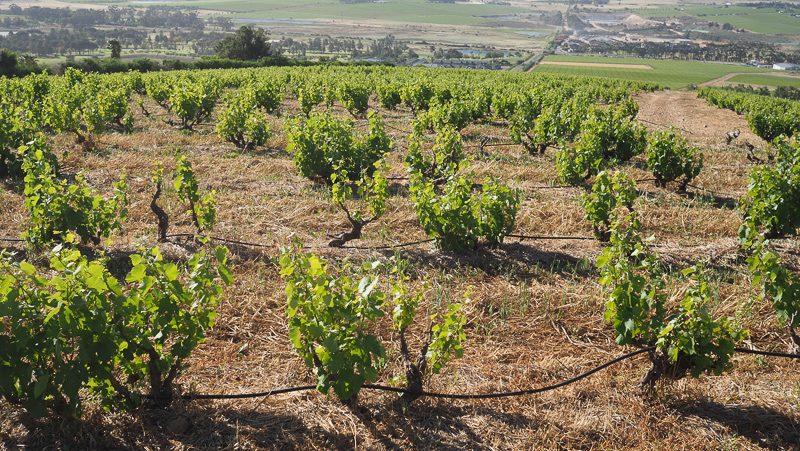
The farm we visited was 150 hectares with 125 ha under vine, and the jewel in their crown consists of two old vineyards at the top of the farm, with Chenin Blanc planted. Jacques’ grandfather François planted these vineyards in the 1980s. The vineyard we were focusing on was planted in 1982, and just next to it is a block planted in 1986. They sell the old vine grapes to Koelenhof, plus David Trafford, Chris Alheit, Damascene, Miles Mossop and others. The altitude ranges from 260-285 m.
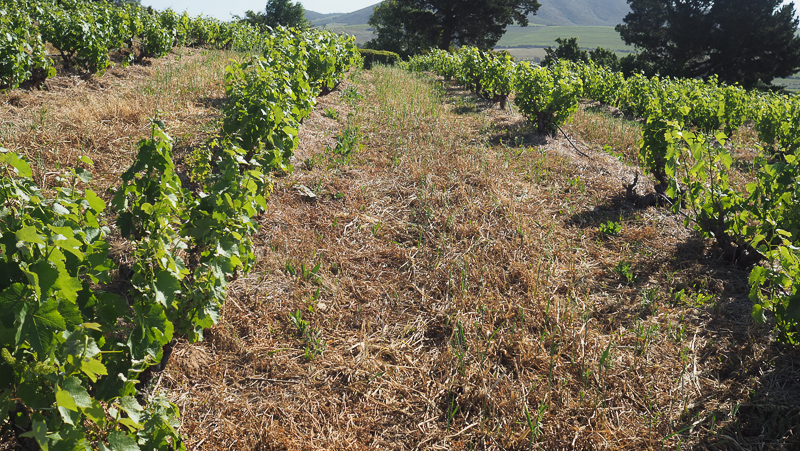
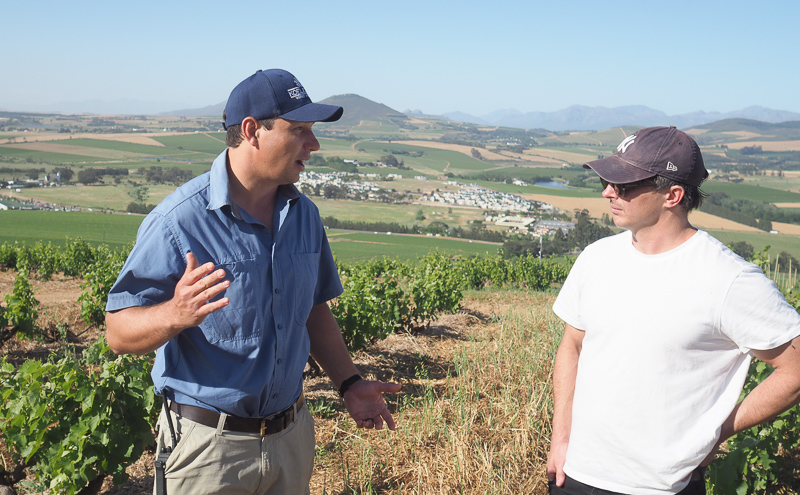
One of the new things they are doing here is moving away from herbicides and bare soils, and using cover crops and mulches. ‘We are trying to get more sustainable,’ says Jacques, ‘doing it the right way.’ This is the first year they have used a straw mulch in the row, and they have applied quite a bit. ‘If we do it thick enough, it can last for three years,’ he says. ‘To keep this block another 40 years we have to look after the soils. In the past we used herbicide and eliminated every weed.’
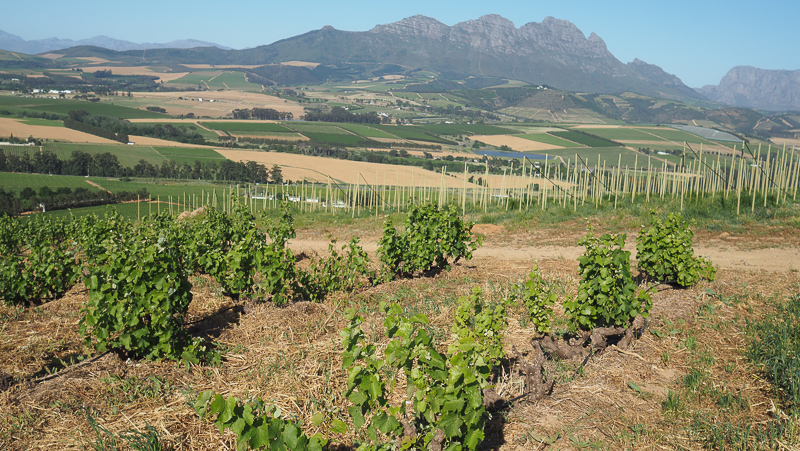
They have been using a mix of cover crops in the row, and this year used two types of radish, rye and vetch. At the end of the season they roll it flat. Then some seeds come up later, and so they follow up with a mow. ‘One advantage is we save water,’ says Jacques. ‘It’s the same price for [cover crop] seeds as for herbicide. We keep 40% more water, they say, because the water goes in.’ He says that it also keeps the soils cooler and moister.
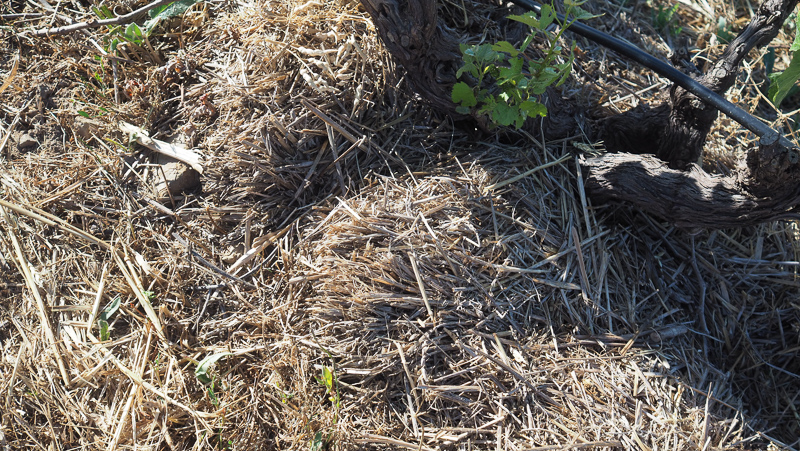
They have 24 hectares of old vines, and the grapes sell out, even priced four times the cost of grapes they sell from younger vines. They aren’t sure of the clones because no one wrote down what was planted, but they think it might be 1016. ‘We are getting a good average yield of 9 tons/hectare, with good quality,’ says Jacques. ‘Because the vineyard kept its yields, there was no need to pull it out.’
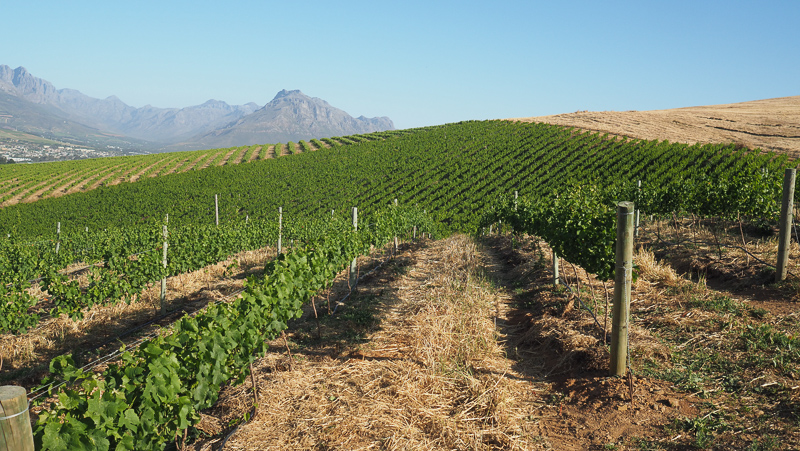
The wine we tried was from the Koelenhof cooperative, made from the 1982 plantings. They first made it in 2017, and their goal, explained by winemaker Handré Vidajie, was to try to make a big, bold wine. This wine, which retails for R200, has changed the approach of the cooperative. ‘We weren’t used to making small batch wines,’ says Handré. But making such a wine, with the old vine seal, has given them credibility and confidence. It’s picked at 23.5-24 Brix and weighs in at 14.5% alcohol. After 5 h skin contact, half goes to stainless steel and half to barrel, and after fermentation the stainless steel component goes to barrel too. The barrels are all new 300 litre French oak.
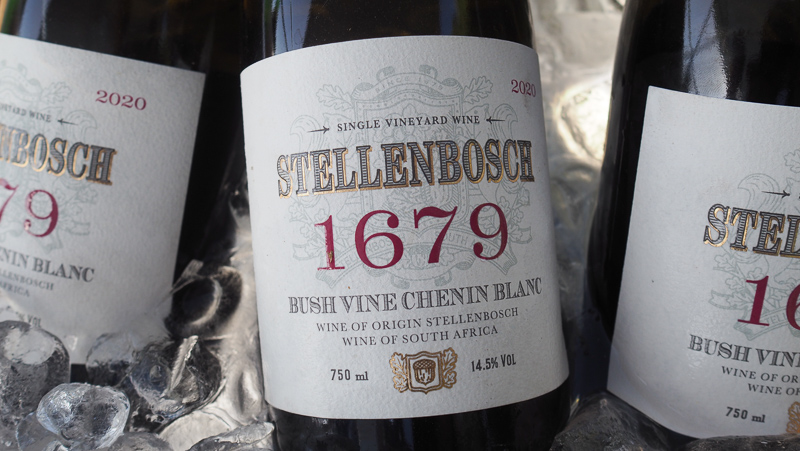
Koelenhof 1679 Chenin Blanc 2019 Stellenbosch, South Africa
Toasty, broad and spicy with lovely pear and peach fruit. Really toasty with a spicy edge, showing crystalline citrus fruit and nice depth and intensity. Nice marriage of ripe fruit and oak here. 92/100
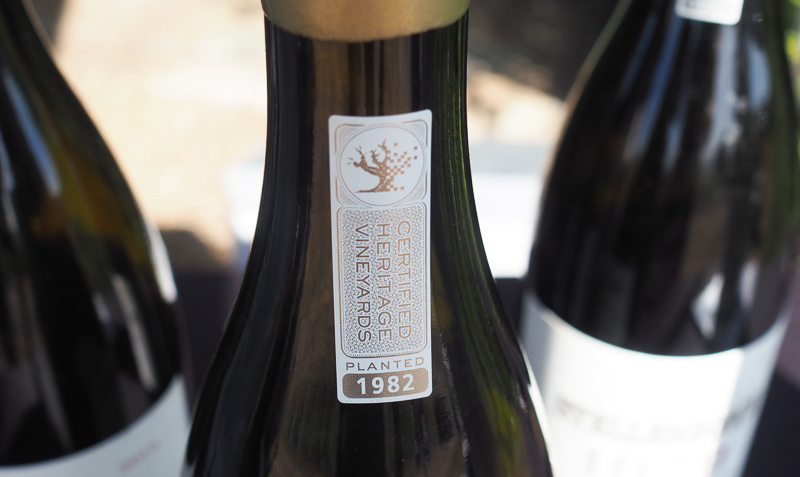
Koelenhof 1679 Chenin Blanc 2020 Stellenbosch, South Africa
Textured, fine and quite powerful with pear and citrus fruit, showing lovely texture and weight with a nice crystalline quality and good brightness. Real precision here. 94/100
Villiera
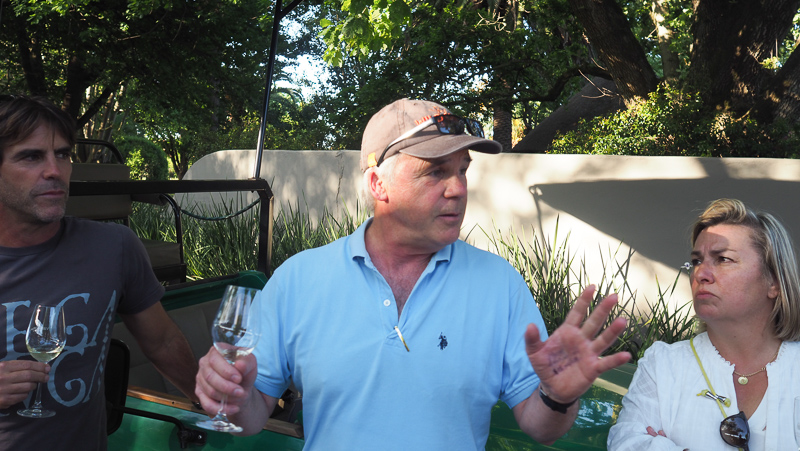
The final stop was at Villiera, where as well as tasting a wine from their vineyards, we started with a wine from Tyrrel Myburgh at Joostenberg.
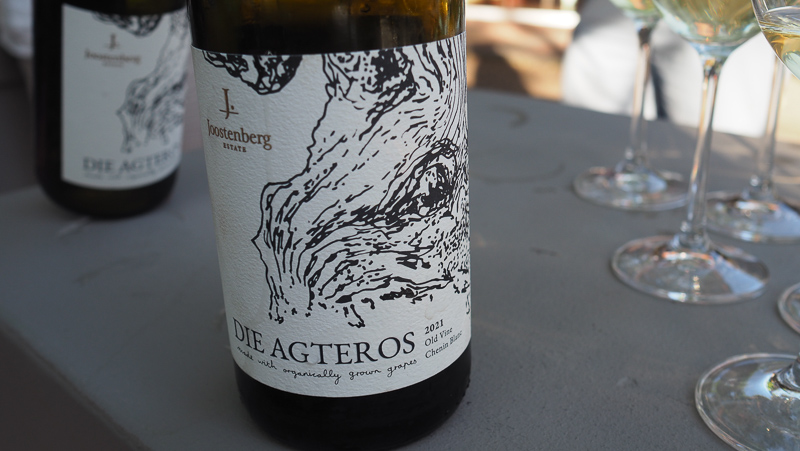
Joostenberg Die Agteros Old Vine Chenin Blanc 2021 Paarl, South Africa
From vineyards planted in 1982 on heavy clay soils, organically farmed. 13% alcohol. Oldest vines on the estate, matured in a mix of barrels, concrete tanks and clay amphorae. Organic. Great concentration here with a mineral, stony edge to the chalky citrus. There’s good weight in the mouth, a hint of rich yellow plum and pear fruit, and a fine, grainy, spicy, saline finish. Really serious and quite thrilling. 95/100
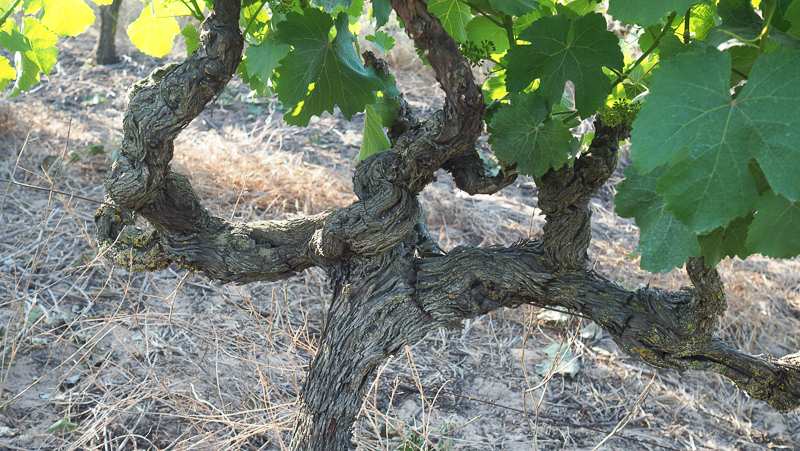
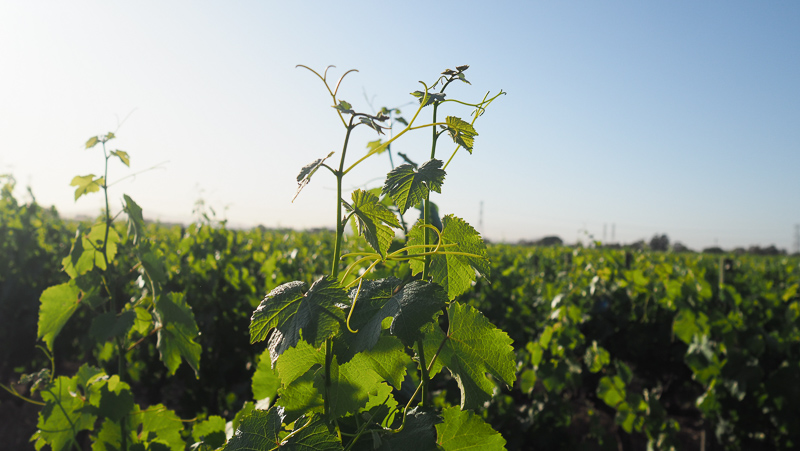
We then went to see an old block of Chenin that Villiera planted in 1985. They have been using Simonit and Sirch as consultants, and do branching pruning on these old spur-pruned vines. They pick it nice and ripe, and in most years have 3-4% botrytis. It spends 10 months in oak, 400 litre barrels, 40% new.
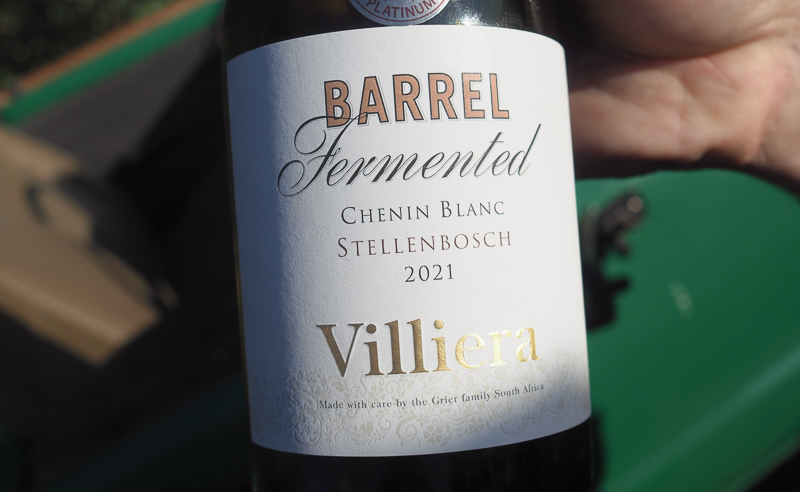
Villiera Barrel Fermented Chenin Blanc 2021 Stellenbosch, South Africa
Complex, ripe and lively with lovely intensity. Great focus and precision with a hint of apricot, and lovely pear and citrus fruit, with a good acid line. This wine has a really wide dynamic range with a lovely crystalline finish. 94/100
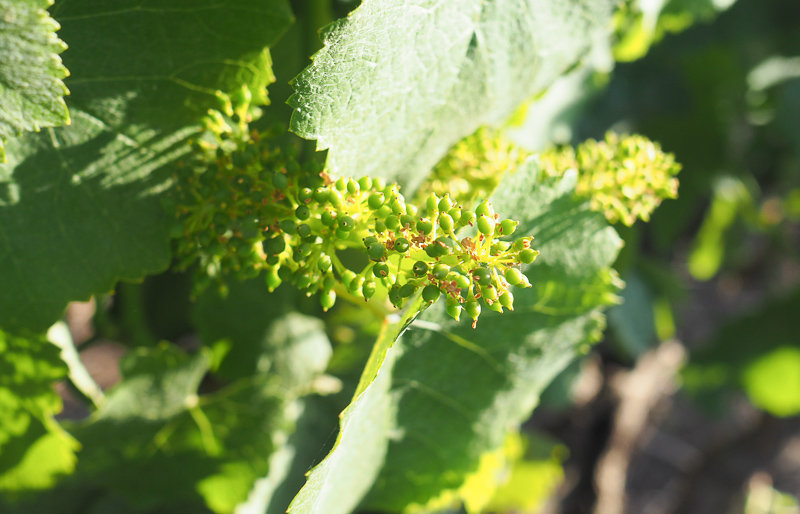
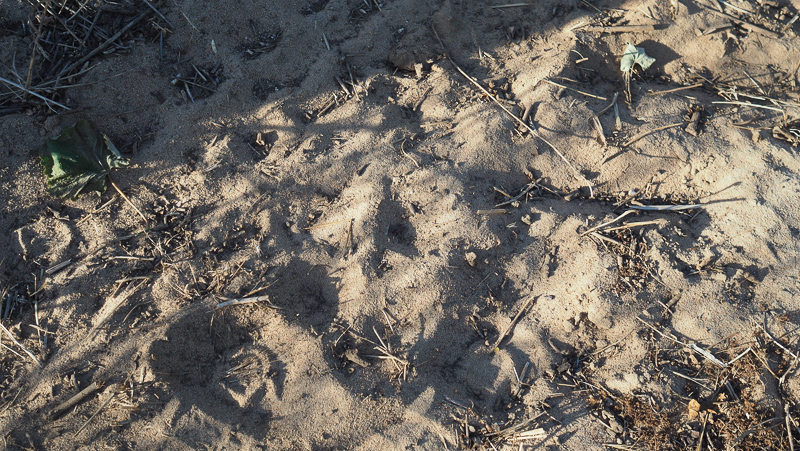
We finished with a visit to Villiera’s game drive, through an area they have given back to nature, stocked with a variety of very cool animals.
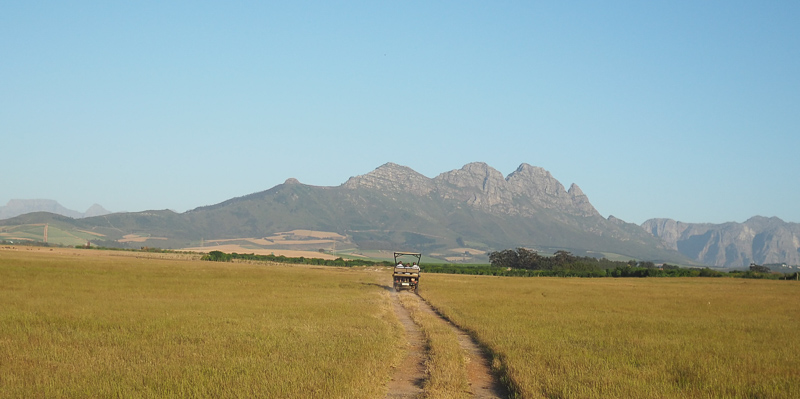
Find these wines with wine-searcher.com

